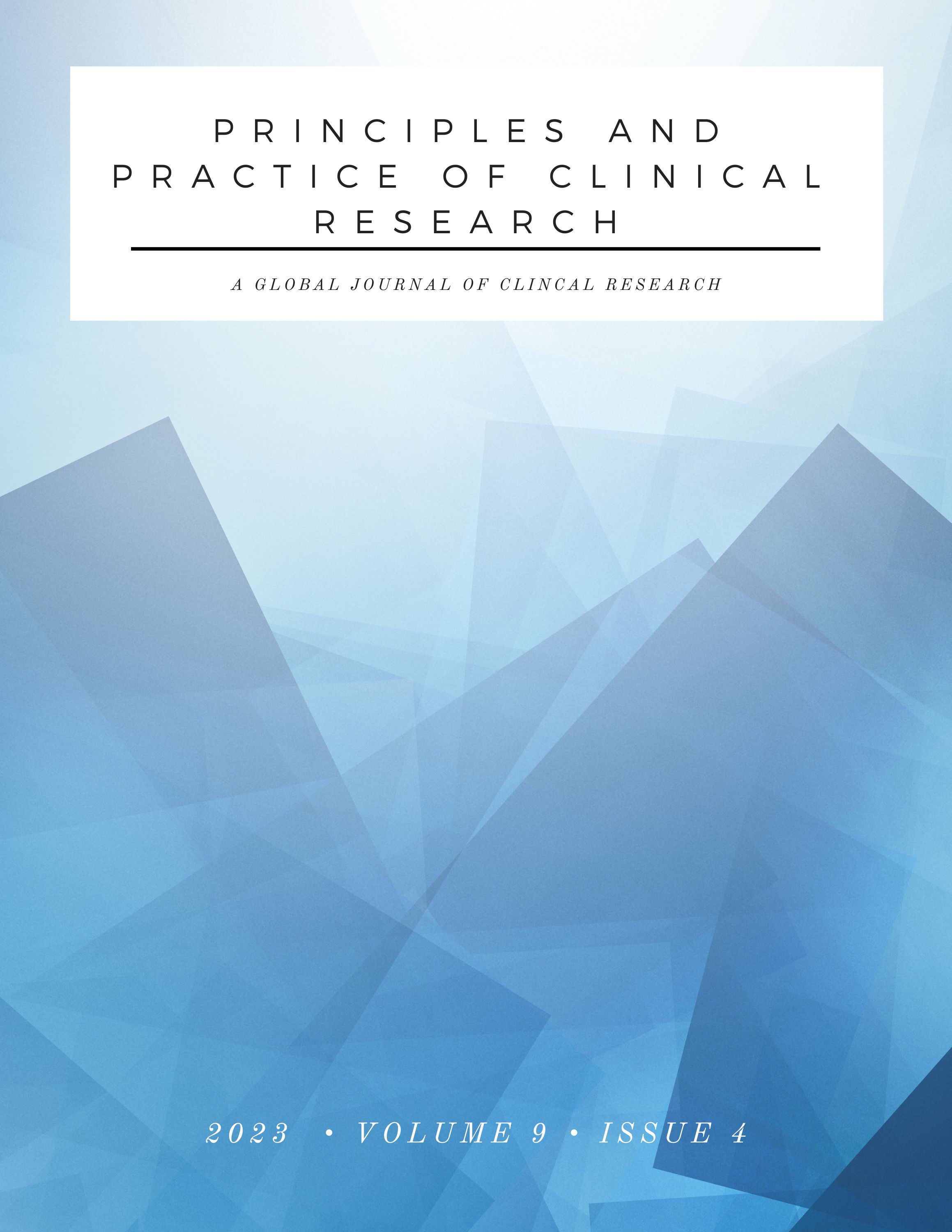The Effects of Cellular Skin Substitutes on Diabetic Foot Ulcer Healing: A Systematic Review
Main Article Content
Abstract
Introduction: Diabetic foot ulcer (DFU) is one of the most common lower extremity diabetes-related complications. New
therapies have been developed to increase the likelihood of wound healing and reduce complications, including biological
and/or synthetic grafts that allow a temporary or permanent occlusion of wounds. Although their efficacy has been
demonstrated, novel skin substitutes have been available, and few studies have described the head-to-head comparative
effectiveness of those products. Therefore, this mini-review aims to analyze the available randomized clinical trials studying
the impact of different cellular skin products on the healing of DFUs.
Methods: The databases PubMed, EMBASE, Scopus, Scielo, and Lilacs were assessed from inception to July 30th, 2023, to
identify randomized clinical trials on the effects of cellular skin substitutes on ulcer healing in adult patients aged 18 years
or older with DFUs restricted to the skin and subcutaneous tissue, compared to standard of care or other skin substitutes.
Results: Based on eligibility criteria, 22 articles were selected. These studies showed the efficacy and safety of cell skin
substitutes compared to standard treatments, as demonstrated by the reduction in the total area of the ulcer and rates of
complete wound healing. We identified a few studies with head-to-head comparisons among those products.
Discussion: Cellular skin substitutes have shown promising results in healing DFUs as complementary therapies to the
standard of care. Their incorporation into standard-of-care treatments could be discussed. Future studies should focus on
head-to-head comparisons, cost-effective analysis, and long-term efficacy and safety.

